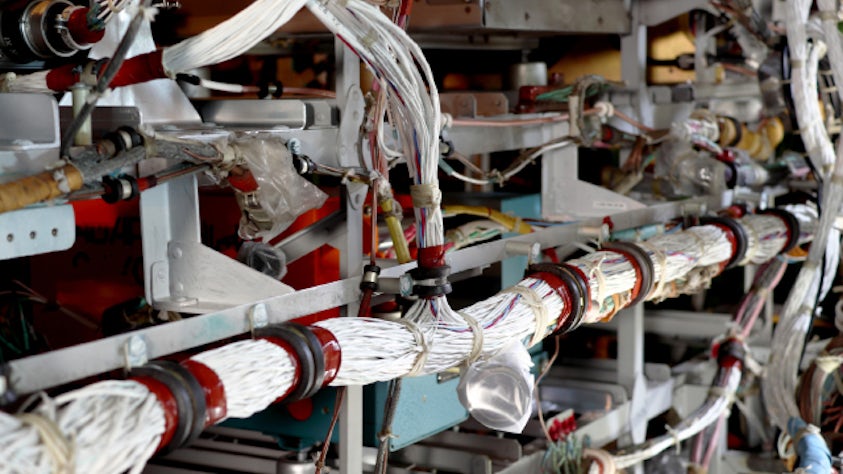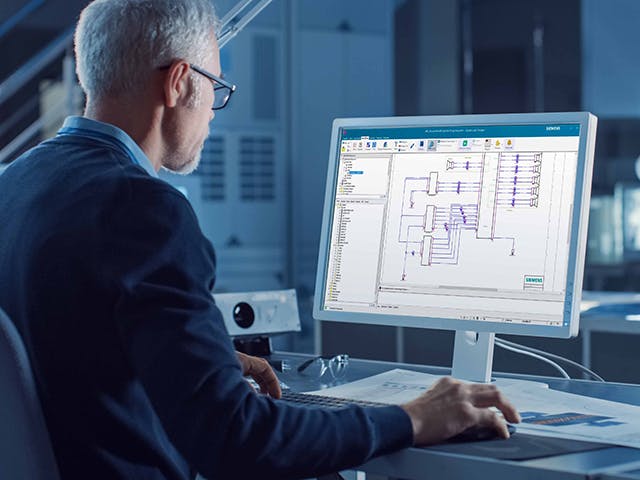EWIS stands for electrical wiring interconnect system. It is regulated to maintain the safety of complex systems, such as aircraft.
Why is EWIS necessary?
The performance and safety of an aircraft are dependent upon the integrity of the electrical system throughout the aircraft’s service life. The EWIS is a critical aircraft system required for safe operation, making it necessary to maintain accurate and reliable function and communication throughout the electrical system.
EWIS regulations require electrical components to be selected based on their electrical specifications and inspected and tested in extreme conditions that the component may be exposed to. EWIS regulations also impose guidelines on correct installation and protection of components and sufficient design definition to ensure repeatability in the manufacturing and maintenance processes. EWIS regulations establish a higher standard for the reliability and safety of the system over previous regulations.
EWIS software solutions
Modern aircraft have more electrical content to provide greater performance and capability. As a result, electrical systems require more power and present a higher compliance risk due to increased complexity. To address these many challenges, quality E/E software solutions include analysis and simulation tools to assist users in validating regulatory compliance earlier in the design process for tasks such as conducting electrical load analysis (ELA).
The goal of modern software solutions and technology is to streamline aircraft electrical design, compliance and certification. For example, Capital Load Analyzer, part of the Capital® software suite from Siemens Digital Industries Software, is one of the industry’s first electrical systems technologies to leverage the digital twin, design automation and digital data continuity to facilitate regulatory compliance.
This approach to completing an ELA follows accepted guidelines and provides an expedient means to address the following key compliance perspectives:
- Manage the required information for ELA, such as single-line wire diagrams, operation scenarios (all flight phases), analysis notes, etc.
- Perform ELA iterations, ELA reports, and ELA analysis and report iterations
- Show compliance for every configuration as needed
EWIS and its challenges
An implication of the increased use of electrical solutions to meet more demanding performance and mission requirements is the increased size, weight and complexity of the EWIS. With the increased use of digital communications, EWIS content has moved from simple, point-to-point analog connections to more sophisticated digital network buses. This in turn, can require expensive data cables driving EWIS cost and manufacturing complexity. EWIS complexity is further compounded by a myriad of rules to minimize electrical interference, signal separation for redundant systems and of course, to ensure compliance and/or commercial certification.


